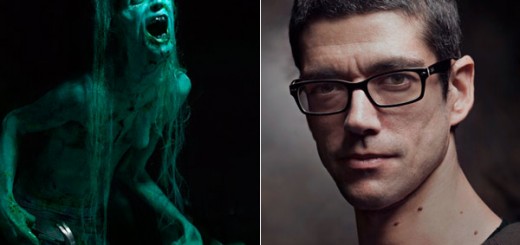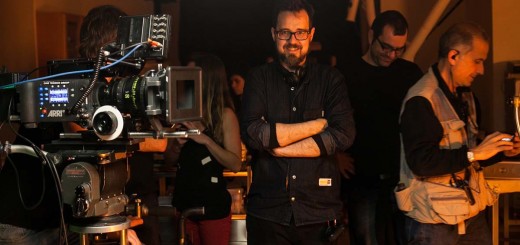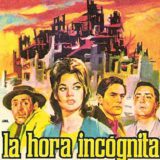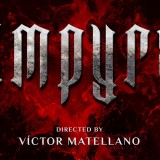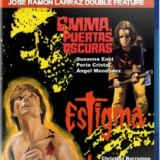ROMASANTA: THE HUMAN EVIL
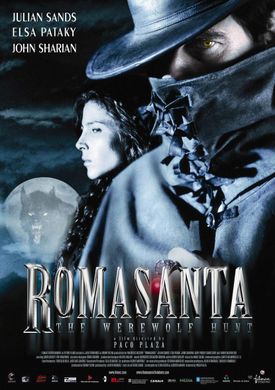
By Erika Tiburcio (*)
2004 was the year when this movie by Paco Plaza was released. Like EL BOSQUE DEL LOBO (Pedro Olea, 1971), it is set in Spain in the 19th century and is about a very popular criminal case: the killings of Manuel Romasanta in the 1850s, who suffered from Licantrophy, a mental illness.
First of all, this title can be framed in the rural horror sub-genre, one of the main spaces where Fantaterror films took place. As other examples, the monster seems to be a werewolf, whose fantastic nature challenges our understanding of reality. For that reason, the wolves here are displayed as very dangerous animals and enemies of the humankind. From a historical perspective, rural dwellers had a lot of problems with wolves because they attacked their flocks, whose sheep were key for their survival.
The little control over their surroundings is expressed through fear of night and the forest, where the killer or killers can move freely without being detected. Indeed, as many people are dying and they don’t know how to stop them, nightly woods is presented as a forbidden place for citizens. The incompetence to prevent crimes shows an unsafe world where no one can escape. From a cultural point of view, after S-11, there was a general feeling of insecurity after terrorists could trespass the borders of the safest country. No place would be a shelter for threats coming from abroad.
Apart from that, the monster here is divided into two serial killers, including a discourse about human evil as well as one where any individual can hide a dark side, normalizing murders, cannibalism and sadism. That way, he is presented as a very effective killer who cannot stop. Nonetheless, the traditional picture of the serial killer as a monster is mixed with the increasing image of the man as a male abuser, whose condition of lover makes him more dangerous for women who trust them. A clear scene is when Manuel (Julian Sands) is about to kill Maria (Laura Mañá) and Ana (Ivana Baquero). This scene shows these two female characters hidden in a locked room, trying to stop Manuel go into. As a matter of fact, the first Spanish law devoted to gender violence was enacted in the same year that this movie was released.
Besides, all potential victims are young beautiful women but they are seduced by this man who becomes their lover. This fact connects the discourse about the serial killer as a moral monster who punishes dissolute women and the danger for women who are in love with an abuser.
Finally, ROMASANTA reflects new fears of the 21st century and recall other previous ones that are rooted socially such as anyone can be a monster, a well-educated man can become the worst threat for society and wilderness offers advantages as well as lacking of control. Consequently, this absence of control dominates the social fear of any individual can be a victim or a monster before reaching the truth.
______________________________________________________________________________________
 Erika Tiburcio (nancykrueger) lives in Madrid and works as a teacher. Currently she is doing her PhD thesis about the serial killer in American horror movies from Psycho to Henry: Portrait of a Serial Killer. She loves horror movies, comic books, video games, etc. She has contributed to some Spanish websites and magazines like Phenomena Experience magazine and La Mansión del Terror and has written some articles for different international magazines like Serial Killer Calendar.
Erika Tiburcio (nancykrueger) lives in Madrid and works as a teacher. Currently she is doing her PhD thesis about the serial killer in American horror movies from Psycho to Henry: Portrait of a Serial Killer. She loves horror movies, comic books, video games, etc. She has contributed to some Spanish websites and magazines like Phenomena Experience magazine and La Mansión del Terror and has written some articles for different international magazines like Serial Killer Calendar.


